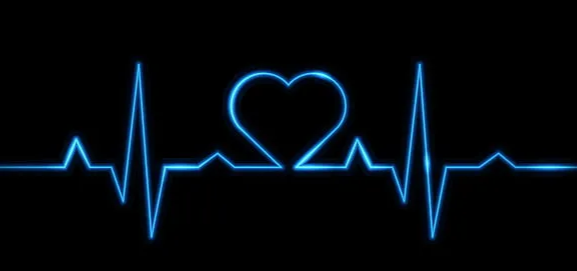Pain is one of the most ancient emotions of the human soul. Like an invisible wound, it seeps into us, takes root deep within, and grows silently. Sometimes, it envelops our hearts with the departure of a lover, and other times, it echoes in our veins with the betrayal of a friend. Yet pain always has a language of its own; neither words can fully describe it nor tears adequately express it.
Like a sculptor chiseling stone, pain also carves the human soul. Our spirits are shaped by its sharp blows; at times, we emerge stronger, and at others, more fragile. Do the cracks that form in our hearts let light seep in, or do they drag us into a darker abyss? Only time can tell. Pain has a map on the body. It becomes tangible in the words caught in our throats, in the tears pooling in our eyes, and in the ache in our hearts. But the marks it leaves on our soul run deeper than those on our body. Sometimes, it reminds us of its presence through the melody of a song or the dim glow of a streetlight.
For some, pain is a teacher. It reminds us of what it means to be human, teaching empathy, patience, and the art of starting anew. For others, it is merely a burden, an unbreakable chain that is impossible to bear. When faced with pain, a person either succumbs to it or transforms it into a source of strength. Perhaps the real challenge lies in accepting pain and learning to live with it. For pain is not just an end; it is also a beginning. Every fall promises a rise; every fracture heralds a rebirth. And for this reason, the anatomy of pain is, in fact, the anatomy of life itself—fragile, intricate, and profoundly captivating.
Pain tells us about ourselves. But what do we tell it in return?
Resources:
(Hikmet Çağrı Yardımcı, 2023)

